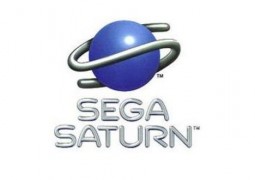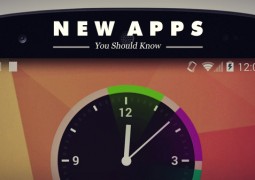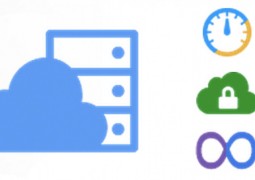Usenet, UseNext And a Proper Review
by 16 August, 2012 5:35 pm0
There are a lot of ways to download and share files with others, namely several avenues that we’re not going to discuss here because of their marginal legal issues.
One of the less obvious ways to download or share data files is through Usenet. Usenet is not exactly a common service, and not everyone knows what it is or how to use it so we’re going to give a brief explanation. If you already know what Usenet is, feel free to skip on to our review of UseNext, which we believe to be one of the best Usenet retention services available.
Usenet is a large database of files and information which are stored via a discussion board system known as a newsgroup, that are effectively spaced across a collection of servers.
What is Usenet?
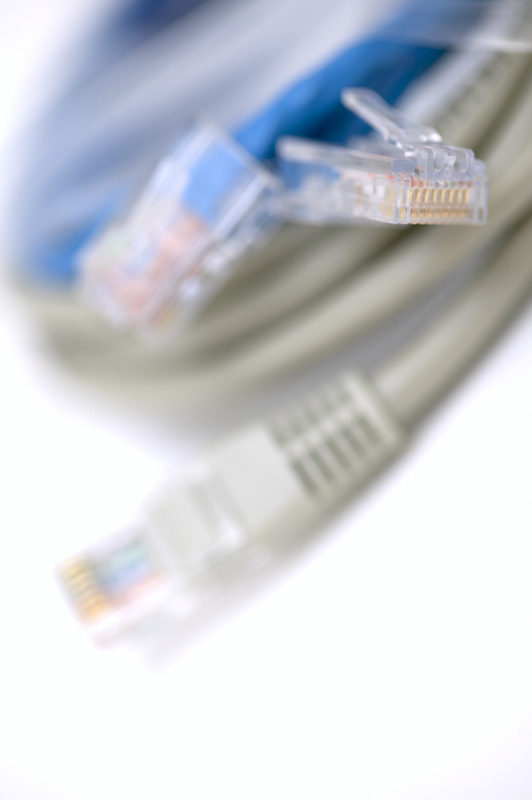 In order to understand what Usenet is, it is necessary to understand what it is not.
In order to understand what Usenet is, it is necessary to understand what it is not.
- Usenet is NOT the internet. The internet is an entirely different service.
- Usenet is not an academic network.
- Advertising on Usenet is generally not allowed.
- Usenet is not restricted to the US or the UK.
- Usenet is not a UNIX based system.
- Usenet is not an ASCII-based system.
- Usenet is not software.
Usenet actually came into fruition long before the World Wide Web was created. It is essentially a massive international discussion board, where users share data and information in categories called newsgroups. There are over 60,000 different newsgroups available through Usenet, and most of them are not moderated. The files, data, and information are all stored via a collective of servers spread across the world, and remain available for extended periods of time. Files can be downloaded from Usenet at maximum DSL and internet speeds which means they complete much faster than any other file sharing service.
In order to browse and download content from Usenet, you need an active subscription to a newsreader and a retention service like UseNext. Basically, UseNext allows you to download the files and data, while a newsreader allows you to browse Usenet to see what is available.
The true definition of Usenet is significantly more complicated than what we’ve provided above, but if you’re actually interested in how it works just do a web search. There is a lot of information about Usenet available on the web.
How a Usenet Retention Service Works
In order to download files from Usenet, you need an effective retention subscription. The retention service allows you to connect directly to Usenet servers and utilize the full bandwidth that they have to offer. Of course, subscriptions are usually available in different tiers and vary in bandwidth limits and data amounts. For instance, UseNext offers the following subscription packages:
- 30GB volume limit per month
- 1 month: 9,95€
- 12 months: 7,95€
- 80GB volume limit per month
- 1 month: 14,95€
- 12 months: 9,95€
- 250GB volume limit per month
- 1 month: 24,95€
- 12 months: 19,95€

Generally, you will find there is a bandwidth limit for the cheaper subscription plans which means the download speed is throttled slightly. Still, even the slowest download speeds offered through Usenet are significantly faster than alternate file download methods, because you’re connected directly to a server instead of through a mirror or peers.
If you want to give UseNext a try, without paying anything, they do offer a 14-day trial subscription with a download limit of 300GB.
One thing to keep in mind, when subscribing to a retention service, is the actual retention limit they offer. Because lots of data and files are stored through UseNet servers, they continuously need to be cleared of old data so that more space can be made for the incoming content. The retention limit is the actual accumulation of content that the servers keep available for users. Never settle for a retention limit of less than 300 days, we won’t bother explaining why, just don’t do it.
UseNext offers a retention limit of binaries for up to 1,014 days, needless to say, that is quite respectable.
Additional Software
You will also need to download and install a Usenet binary client, because of how the service works. Usenet binaries have a small size limit of about 20MB or so which means that files uploaded to Usenet can’t exceed that limit. To counteract this limit, larger sized downloads are broken up, and compressed, into smaller RAR files which are then dispersed across the server. A binary client will download these files, group them together and then assemble them so that the user can access the original file.
Several Usenet binary clients we recommend are SABnzbd (free), and Alt.binz for Windows or Hellanzb (for Mac).
We’re not going to include a tutorial on how to setup your Usenet binary client, because there should be plenty of documentation available on the web anyways.
The UseNext Review
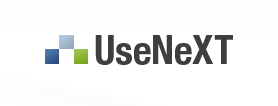 Usenet with UseNext is a retention service like what we have described above. There is no reason to cover subscription plans and pricing as we’ve already listed those.
Usenet with UseNext is a retention service like what we have described above. There is no reason to cover subscription plans and pricing as we’ve already listed those.
Traditionally, anyone wishing to download content from Usenet must first subscribe to a retention service, then a newsgroup service, and then must configure binary client and file parsing software that will correctly fetch and compile the relevant data. Normally, if you’re interested in taking advantage of Usenet you would have to investigate the proper steps and software yourself.
UseNext has made everything simple. With UseNext, you not only get an active subscription to a retention service, you also receive newsgroup and newsreader software recommendations and assistance.
The problem with Usenet is that it is unmoderated, and can be compared to the early Wild West era. Anything goes on Usenet, and that means anything can happen or be included with the files hosted there. Files often contain a description in the form of an accompanying text file, but they are not always included. It is possible to obtain fake files and viruses easily through Usenet if you are not paying attention to what files and data you choose to download. This flaw has nothing to do with UseNext as a service, but it still matters. Just because, UseNext makes access to Usenet user friendly, that does not mean the service itself is for everyone.
 UseNext offers some of the best retention and bandwidth subscriptions around. The service itself is excellent, and the technical support team is available 24/7 if you run into any problems.
UseNext offers some of the best retention and bandwidth subscriptions around. The service itself is excellent, and the technical support team is available 24/7 if you run into any problems.
In addition, UseNext includes encrypted registration support which means that your subscription information will remain anonymous at all times. Additional security includes 256 bit SSL encryption support, and an advertisement and spyware free download environment.
You will still need to download and install a binary client like SABnzbd to access the correctly compiled files.
Once you start using UseNext and Usenet you won’t ever want to go back to standard download methods and services. Seriously, Usenet is THAT awesome, what are you waiting for? Get out there and start downloading at faster speeds!
Win a Premium UseNext Account!
UseNext has partnered up with us to give away not 1 but 3 Premium UseNext Account! To participate in this giveaway, visit our Facebook Page and like, share and/or comment on the giveaway post. Winners will be randomly selected from all entries, which means you get not 1 but 3 chances to win! Good luck 🙂








